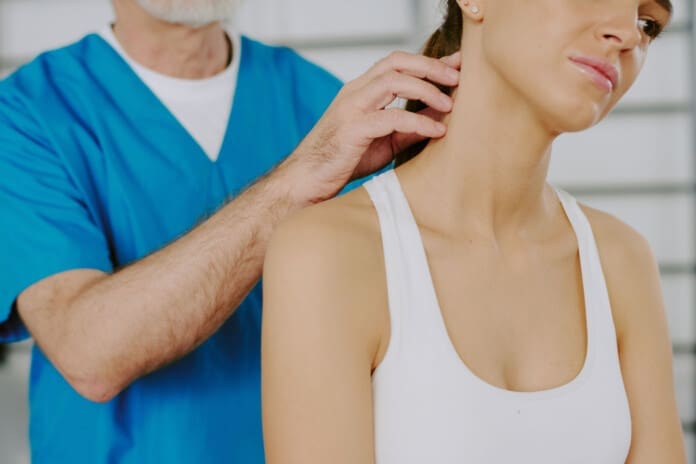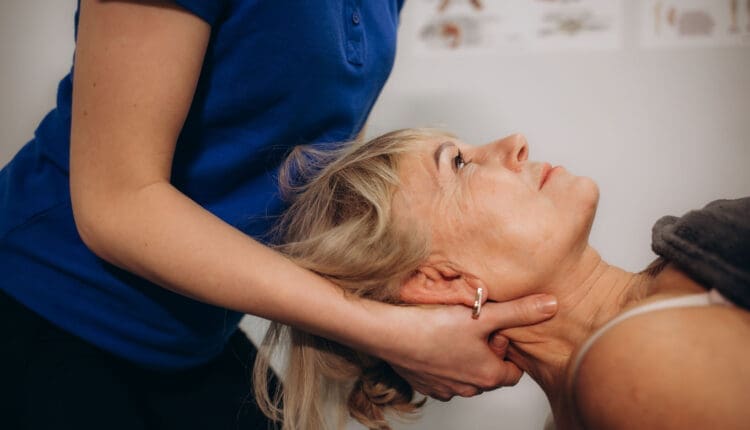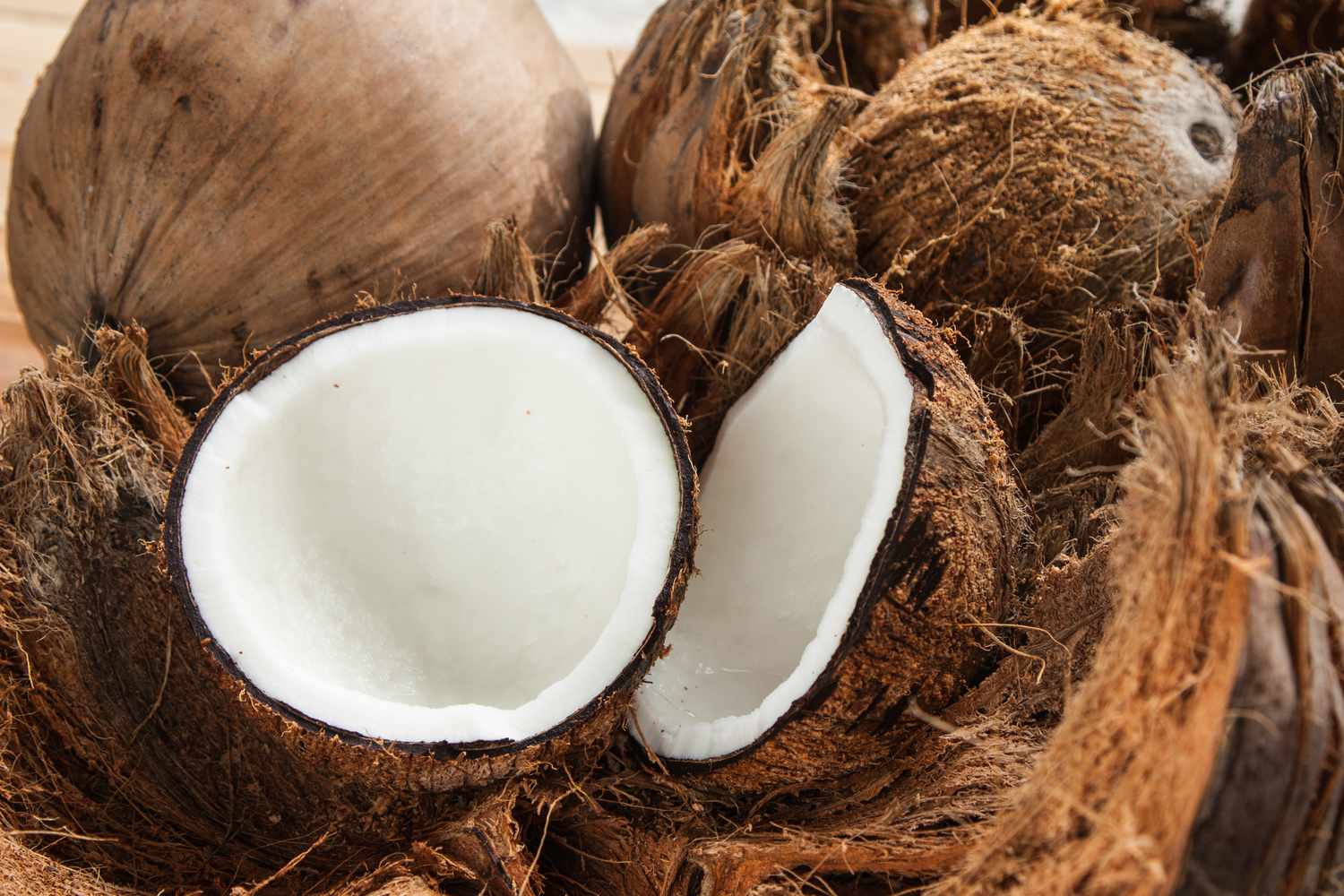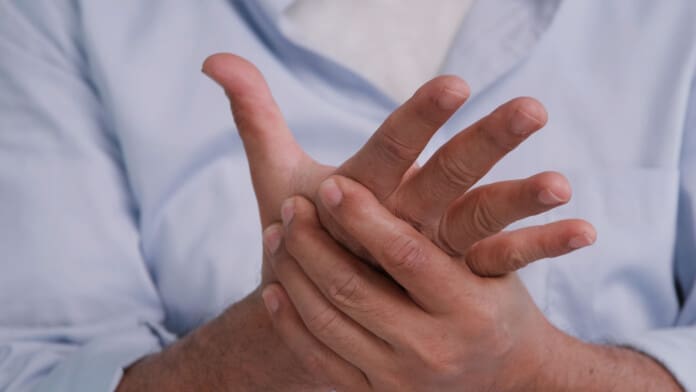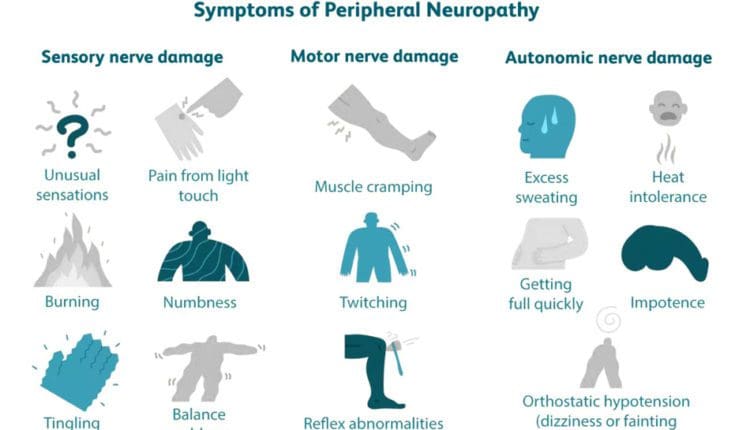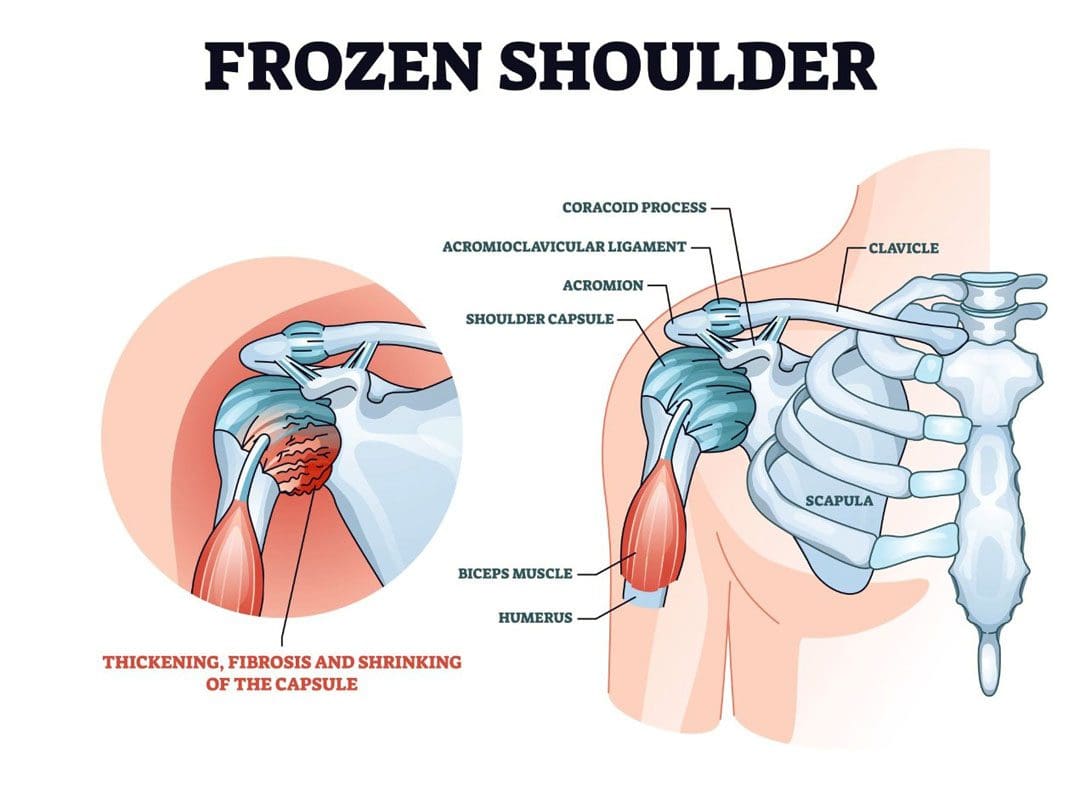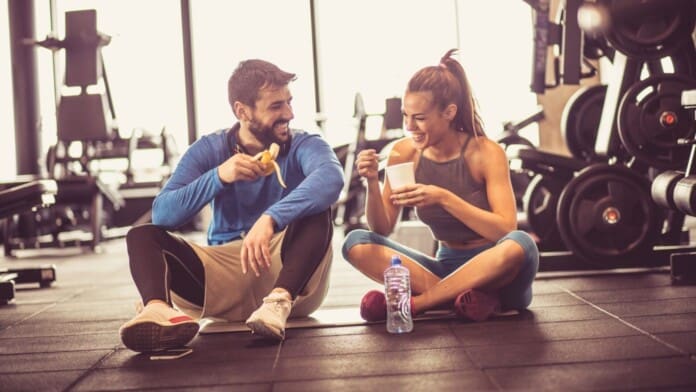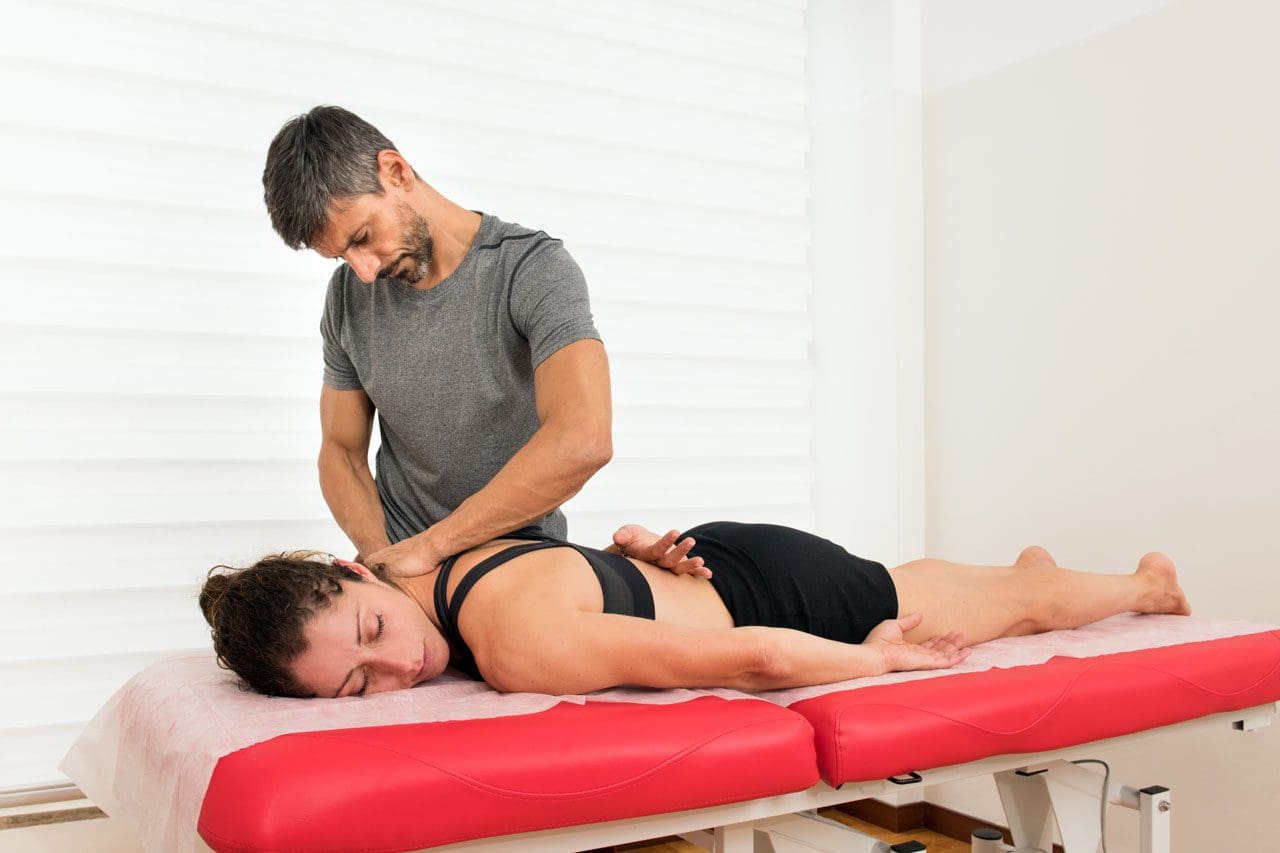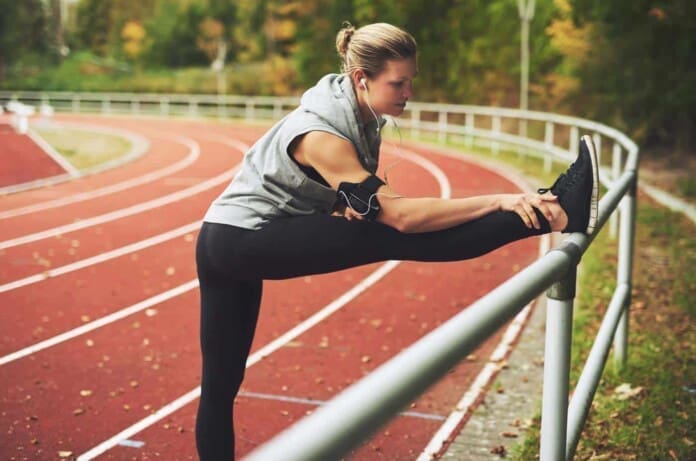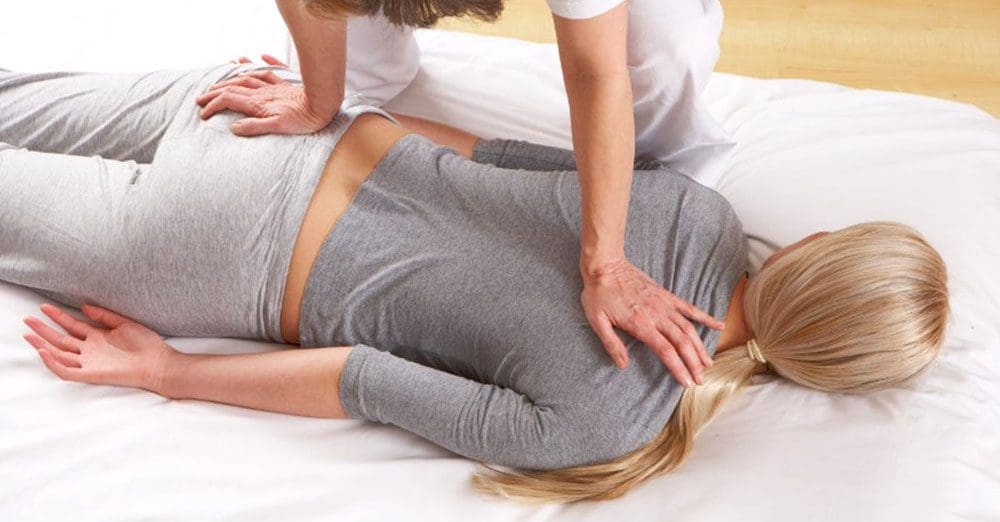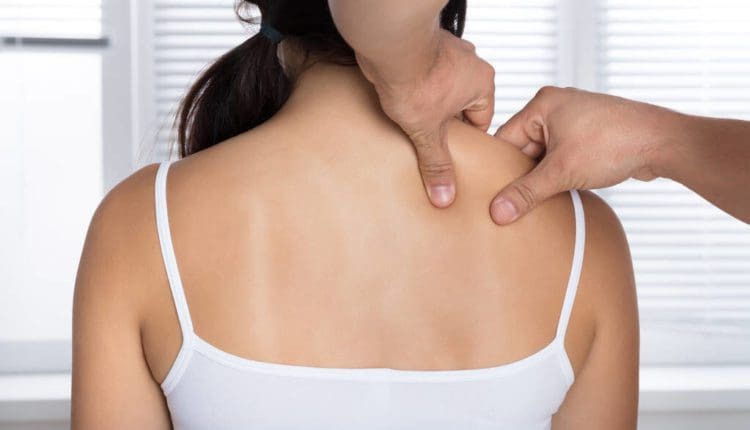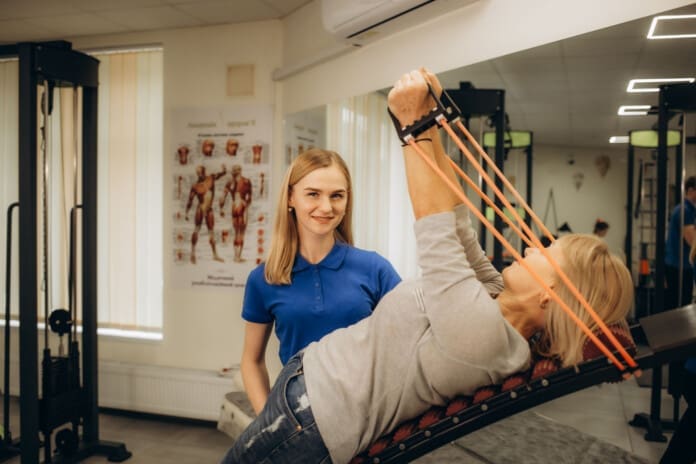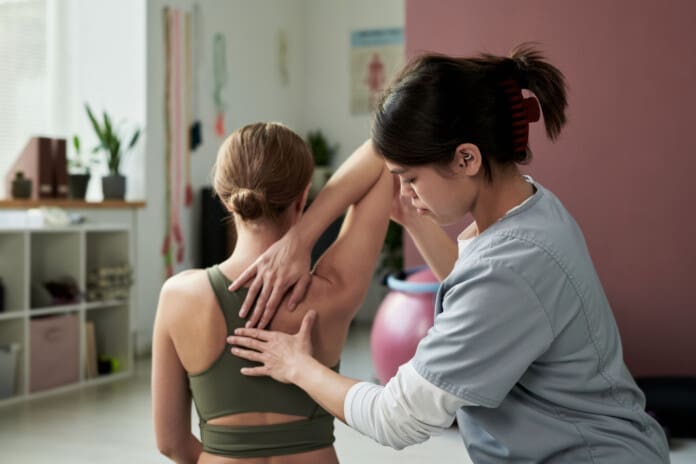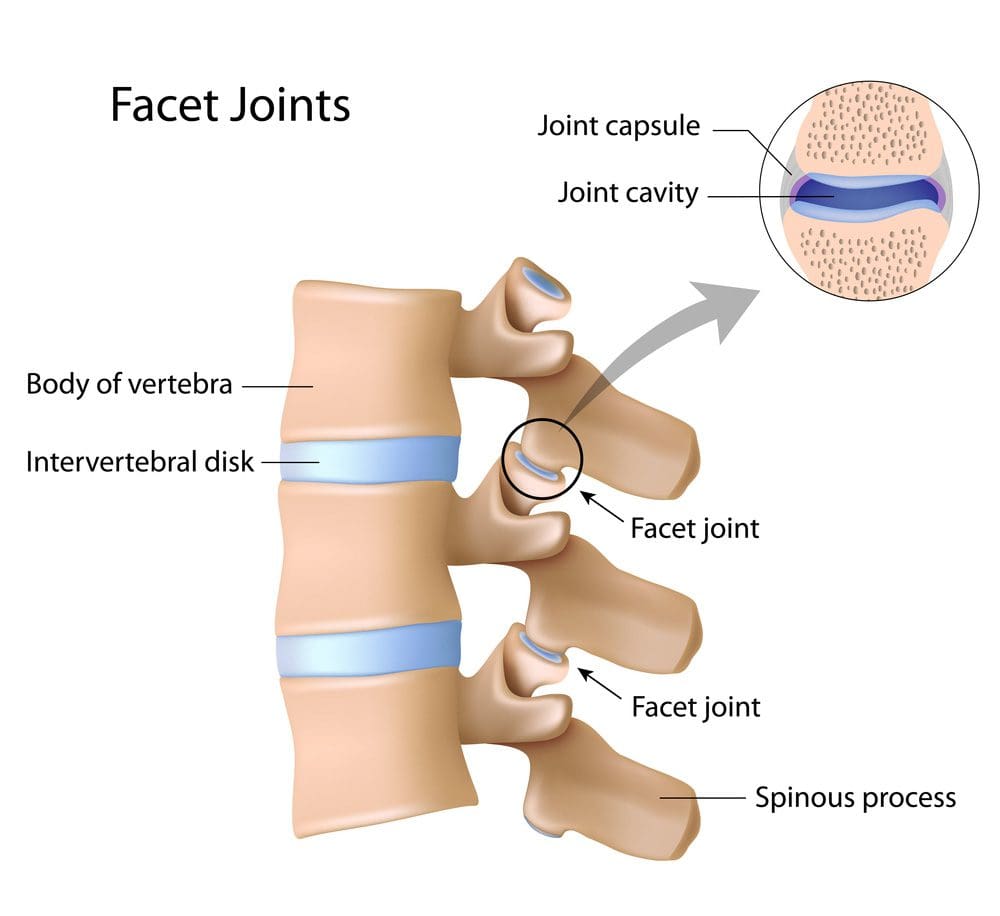Can individuals add sparkling water to their diet to help lower blood sugar and aid with weight loss?
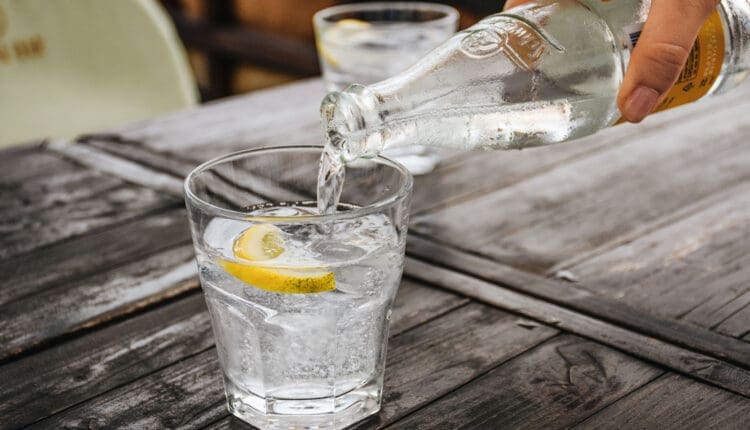
Table of Contents
Sparkling Water
Sparkling water is generally considered a healthy drink with health benefits. It is refreshing, increases hydration, improves digestion, and may even help with weight loss (Takahashi A. 2025) (University of Chicago Medicine, 2023). This is nothing new. A previous study suggested that carbonated water makes the body feel full. The carbonation in sparkling water can trick the stomach into feeling fuller, potentially reducing overall calorie intake by curbing snacking between meals, which could prevent overeating and weight gain. (Wakisaka S. et al., 2012) However, a new report suggests carbonated water may help with weight loss by enhancing glucose/sugar uptake and metabolism. (Takahashi A. 2025) But further research is needed.
Lower Blood Sugar Levels
The report compared the effects of carbonated water to hemodialysis, a treatment that filters blood for individuals with kidney failure. (Takahashi A. 2025) Hemodialysis turns the blood alkaline, enhancing glucose absorption and metabolism. (EurekAlert, 2025)
Researchers assume that the carbon dioxide (CO2) absorbed after drinking sparkling water and the CO2 supplied during hemodialysis behave similarly. Carbonated water may consume glucose in the blood near the stomach, temporarily lowering blood sugar levels. However, the researchers suggested that follow-up continuous glucose monitoring (CGM) studies to measure blood sugar levels before and after drinking carbonated water would be necessary to validate the effect.
This does not mean that after drinking sparkling water, there will be major changes to an individual’s weight. Something metabolically is probably happening, but it’s still barely being discovered. The impact of CO2 in carbonated water is not a standalone solution for weight loss. (Takahashi A. 2025)
Adding To A Diet
If sparkling water can help manage blood glucose, it could also affect how the body stores fat. Over time, high blood sugar levels can overwhelm the body, and excess sugar becomes stored as body fat instead of being stored properly for energy use, causing weight gain. (Centers for Disease Control and Prevention, 2024) But for the most part, according to the research, the carbon dioxide in sparkling water may help to prevent this by stimulating glycolysis, or the process the body uses to break down glucose for energy and keep blood sugar levels low. (National Cancer Institute, N.D) (Takahashi A. 2025) Further research is needed to confirm and understand how sparkling water can proficiently and effectively work for weight loss.
Carbonated water alone is unlikely to contribute to significant weight loss. However, sparkling water can be a useful tool for weight loss as part of a healthy lifestyle (Takahashi A. 2025). A balanced diet and regular exercise are still essential for effective weight management.
Weight Gain
Some researchers have questioned whether sparkling water can lead to weight gain. A study on rats and humans found a link between drinking carbonated water and increased levels of the hunger-stimulating hormone ghrelin. (Eweis D. S., Abed F., & Stiban J. 2017) This could lead to increased appetite and higher calorie consumption, but more research is needed, as sleep, physical activity levels and hydration also impact hormones.
Individuals interested in including carbonated water in a balanced diet should check the labels for the caloric content, added sugars, and sugar alcohols, like xylitol or erythritol, which can cause gas or bloating. It is ideal if the label says water and carbonation; the fewer ingredients, the better.
Injury Medical Chiropractic and Functional Medicine Clinic
Injury Medical Chiropractic and Functional Medicine Clinic works with primary healthcare providers and specialists to build optimal health and wellness solutions. We focus on what works for you to relieve pain, restore function, prevent injury, and help mitigate issues through adjustments that help the body realign itself. They can also work with other medical professionals to integrate a treatment plan to resolve musculoskeletal problems.
Chiropractic Care and Metabolism: The Hidden Link
References
Takahashi A. (2025). Can carbonated water support weight loss? BMJ Nutr Prev Health. https://doi.org/10.1136/bmjnph-2024-001108
University of Chicago Medicine. (2023). Is sparkling water good for you? What about hard seltzer? https://www.uchicagomedicine.org/forefront/health-and-wellness-articles/is-carbonated-water-good-for-you
Wakisaka, S., Nagai, H., Mura, E., Matsumoto, T., Moritani, T., & Nagai, N. (2012). The effects of carbonated water upon gastric and cardiac activities and fullness in healthy young women. Journal of nutritional science and vitaminology, 58(5), 333–338. https://doi.org/10.3177/jnsv.58.333
EurekAlert. (2025). Fizzy water might aid weight loss by boosting glucose uptake and metabolism. BMJ Nutrition Prevention & Health. https://doi.org/10.1136/bmjnph-2024-001108
Centers for Disease Control and Prevention. (2024). About insulin resistance and type 2 diabetes. Retrieved from https://www.cdc.gov/diabetes/about/insulin-resistance-type-2-diabetes.html
National Cancer Institute. (N.D.). Glycolysis. Retrieved from https://www.cancer.gov/publications/dictionaries/cancer-terms/def/glycolysis
Eweis, D. S., Abed, F., & Stiban, J. (2017). Carbon dioxide in carbonated beverages induces ghrelin release and increased food consumption in male rats: Implications on the onset of obesity. Obesity research & clinical practice, 11(5), 534–543. https://doi.org/10.1016/j.orcp.2017.02.001


